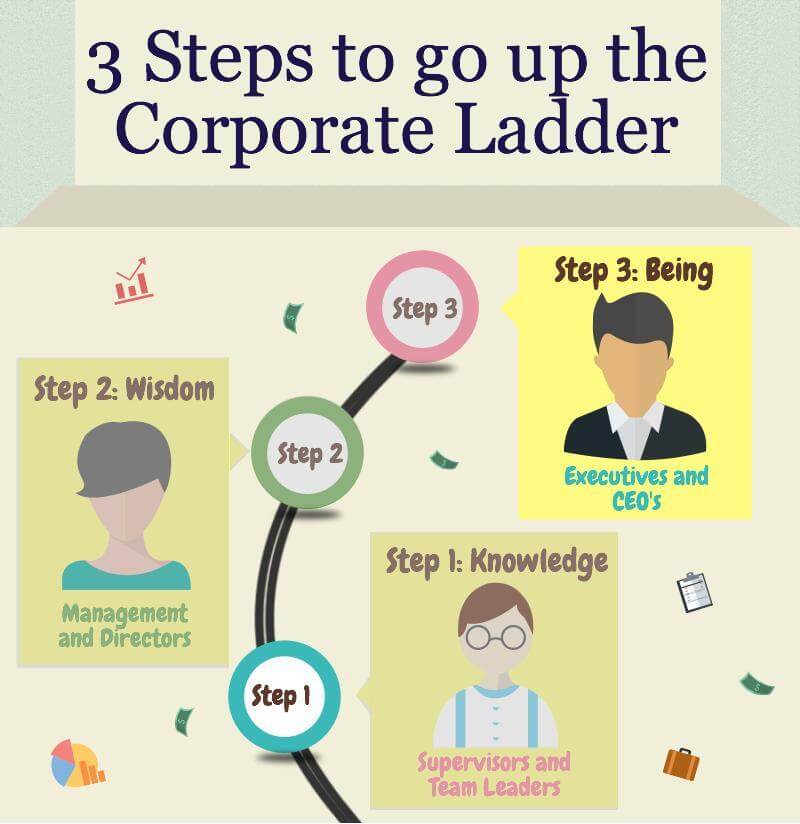
Photo by Philips Wei from Pexels
By understanding the core elements of what constitutes High Performance Leadership at different stages of our careers. In the three-step model we present here, we reflect on the fact that high performance leaders must progress in their mindset as they progress up the corporate ladder in order to succeed. In step 1 we described the stage of the Supervisor position, and in step 2, we advanced to the Management position. In the final step, we progress to the ranks of the Executive Level.

The leap out of wisdom and into being is the understanding of who you are and how you operate in the world. Many times the owner of a company will garner the greatest respect from their staff because of how he treat others and who he is (values, beliefs, strengths and personality), and not because he is the president of the company. A title is not a permission slip to lead. Operating from this position is the easiest way to live and achieve your goals. There are no pretensions, no need to make stuff up, or be insecure.
The Role of Being
We can define being as who you are; it is your nature, and if there were no barriers in the way, you would operate freely and easily from this inner state. This is not the short-term emotional reaction of: “I am happy, sad, satisfied”; rather it’s the long-term deeper state that you operate from daily. Leaders demonstrate who they are every day, whether they are conscious of it or not. But, few are aware of their impact on the company or their team.
It is easy to use emotions to get things done. But it can be exhausting and counter productive over time. The strategies that we use to succeed very often become counter-productive as complexity and issues become greater. Driving change, growth and success take a great deal of energy. This must be sustained with constant new sources to feed from.
States of being on the other hand don’t require external feeding stations, rather they come from within the person. For instance ‘Acceptance’ is not a weakness, but is the recognition of the reality of a situation where one is able to distinguish between what can be controlled and what can’t be. This allows for a focus of energy on productive actions, rather than wasting energy. This is not to say that anger can’t be useful in certain situations, but at the level of being it is a tool not a way of leading.
Likewise fear, which is prevalent within companies, can no doubt allow some people to ensure they do their best. Fear of failure, fear of looking bad, fear of poverty can be a great motivator to become very successful. However fear can also suppresses and create inaction and hesitation. Companies that operate from this place over time are less productive and make more mistakes than those which operate from courage and willingness.
Being gets translated through action and behaviour. Every action, facial expression, statement and reaction are noticed and catalogued by staff. This information is then stored, and behaviour is adapted based on these collected experiences. Timing of approach, the amount, type, and currency of information shared with the leader is defined by the judgments formed over time by people. Even how the information gets interpreted is formed by the emotional lens it is viewed through. All of this is driven at the level of “being”.
Ethical and values-based companies succeed. The values and ethics are determined by the state of being of the executive group. These in turn get translated through their behaviour and decisions to everyone else: staff, suppliers, customers and the community at large.









